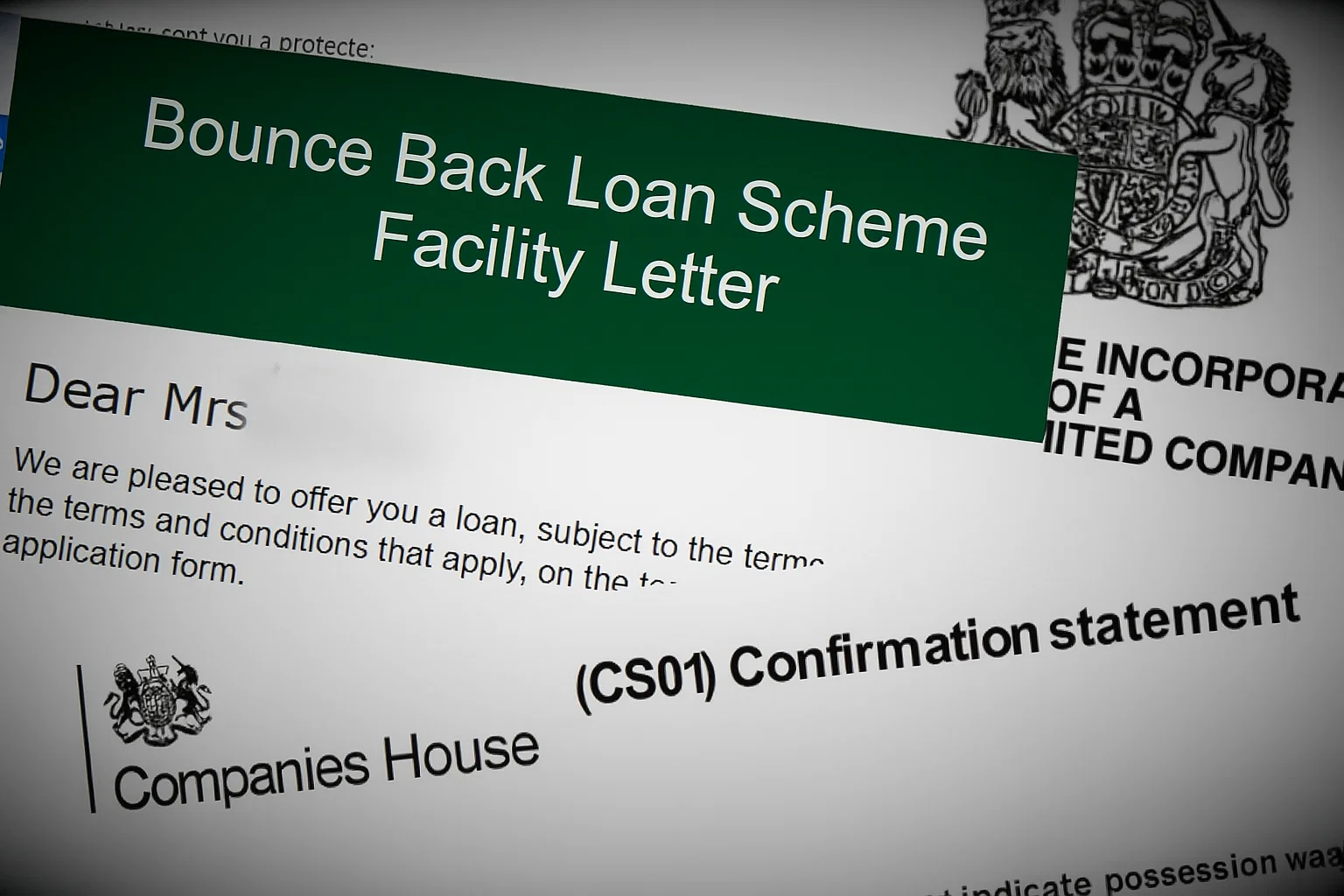Each time the Insolvency Service pushes out another crackdown, the headline figure is the hook. In 2024–25, officials trumpet 1,036 director disqualifications, with most tied to pandemic lending abuses. That message is tidy. It is also incomplete without following the money: what cash reached creditors, what was written off, and who earned fees along the way.
Official data now gives a clearer scale of the clean‑up. An ad‑hoc government release shows 114,752 Bounce Back Loans were attached to companies that had dissolved or entered liquidation by 31 March 2025. Of those, 73,977 are recorded as defaulted; just 542 are still repaying and 38,454 are fully repaid. It is a stark ledger of where the loans ended up.
The numbers also expose weak returns from the high‑profile enforcement drive that was supposed to recover funds. The government‑funded National Investigation Service, set up to pursue Covid loan fraud, directly recovered only about £7.2 million out of an estimated £1.9 billion in suspected fraud before being dissolved in May 2025. Its caseload moved to the Insolvency Service after ministers accepted the unit had under‑delivered.
Meanwhile, the loan scheme’s structure insulated banks. BBLS lending was 100% state‑guaranteed; by late 2024, the Department for Business and Trade’s transparency data recorded £46.52 billion drawn and £1.88 billion flagged by lenders as suspected fraud. Default claims are paid to lenders first; directors’ bans, however, do not put money back in the pot.
Scrutiny of lender conduct is growing. By 30 June 2025, guarantees had been removed from 13,694 Bounce Back Loans totalling £483.16 million due to issues such as data errors or non‑compliance. Yet the public still cannot see which banks lost guarantees: the ICO backed the British Business Bank’s refusal to reveal names, citing commercial harm. Transparency for taxpayers and creditors remains partial.
The Insolvency Service’s own annual scorecard tells another story. It lists 1,037 disqualifications, 131 bankruptcy restrictions and says 63% of disqualification and criminal outcomes in 2024–25 related to Covid‑scheme misconduct-impressive activity on paper, but activity that rarely translates into distributions for unsecured creditors. Without robust asset‑tracing and lender accountability, bans are a reputational sanction, not a recovery strategy.
Where the regime does bite, it often exposes enablers rather than just front‑line directors. In October 2025, sisters Karen Mortimer and Joanna Seawright accepted seven‑year bans after facilitating the Atherton corporate rescue model across 138 companies, where accounts showed more than £42 million of assets but none were handed to their controlled vehicles. The Atherton businesses were shut down in 2024 following investigations.
Set against those cases is the day‑to‑day reality of micro‑company liquidations. In a typical CVL, the insolvency practitioner’s remuneration is approved by creditors and paid from the estate. Where estates are thin-common in BBLS cases-little ends up for trade creditors or HMRC after costs. Lenders, by contrast, rely on the state guarantee for their shortfall. The incentives are plain: volume appointments, limited challenge, and a publicly funded backstop for the largest creditor class. (See DBT repayment data for scheme mechanics.)
For a system marketed as protecting the honest majority, the measures of success are still skewed toward countable sanctions rather than cash recovered. When a fraud unit is shuttered, guarantees are quietly removed in bulk, and the public cannot see which banks are at fault, confidence suffers. The surface narrative-bad directors punished-does not address why controls failed at origination and during collections.
Inside Corporate Insolvency has begun assembling an independent dataset tying together: government BBLS repayment and guarantee‑removal data, Companies House event histories, Gazette appointment notices, and initial liquidators’ reports. We will publish league‑table metrics in early 2026 tracking fee‑to‑realisations ratios, average pence‑in‑the‑pound outcomes, and time‑to‑closure by firm and case size. Insolvency practitioners who have relied on opaque narratives should expect their results to be set out side‑by‑side.
Creditors do not have to accept low‑information reporting. Ask for full SIP 9 narrative billing, breakdowns of time costs by grade, and explanations for asset realisations missed or abandoned. If returns look thin against the work claimed, use the decision procedure to cap fees or apply to court. Directors facing investigation should likewise expect questions about lender checks at origination and any adviser involvement in phoenix‑style transfers.
What should the Insolvency Service be judged on next? Not just disqualification totals. Publish net cash recovered to the Exchequer, lender‑level guarantee removal and error rates, time‑to‑action against scheme enablers, and returns to unsecured creditors. Its Investigations and Enforcement Strategy for 2026–2031 promises a tougher stance on phoenixism and misuse of corporate structures; the test will be whether those promises translate into money back, not headlines.
The BBLS clean‑up can still be salvaged, but only if the incentives change. That means meaningful transparency on lender performance, sharper challenge to remuneration in thin‑estate CVLs, and enforcement that targets the architects of abuse as well as the end‑users. Our data work will continue-because in this field, the numbers, not the press releases, tell the truth.
